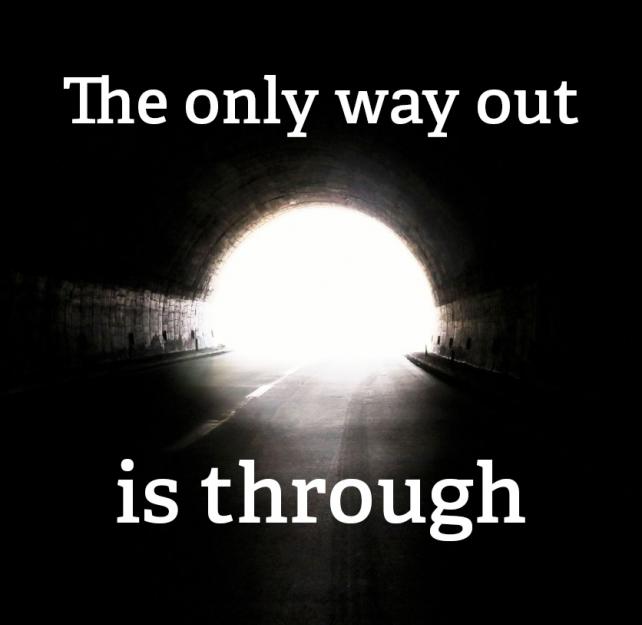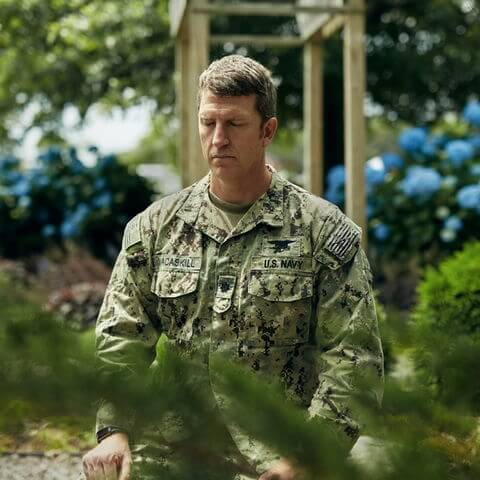Using the Simple Power of the Breath to Heal from Symptoms and Triggers of PTSD


There’s a joke in my family that we moved from South Africa, where I was born, to the United States so my brother and I could avoid the mandatory draft there, only for me to voluntarily up and enlist in the US Navy straight out of high school. I was in the Navy for 24 years, 17 of which was as a Navy SEAL. I slowly rose through the ranks from enlisted to officer and retired at the rank of commander.
Once you’re in the SEAL teams, the OPTEMPO is high and the training intense. It does a number on the body, on the mind, and on families. It’s tough. To deal with depression, anxiety, and PTSD I developed over the years due to this OPTEMPO, I went to counseling. This involved a little talking and several prescriptions which, at that time, had the desired effect. The medications definitely numbed my pain, anxiety, and stress … but they also numbed me from any sense of fulfillment or joy. I was still a high-performing SEAL and at that time, I kept telling myself that I was a SEAL and that meant muscling up, manning up, and moving on with the mission. However, that sort of mentality only works for so long before those suppressed emotions come full circle to bite you in the butt.
Meditation is what really saved me.
When I was first introduced to mindfulness and meditation, I was a bit hesitant. However, after my therapist showed me the physiological changes that occur in the brain and nervous system along with the scientific studies done proving the benefits of mindfulness and meditation practice, I was convinced it was worth a shot. In my blog I will discuss how I use meditation to conquer stress, anxiety, and depression.

BrainLine is a national service of WETA-TV, the flagship PBS station in Washington, D.C.
BrainLine, WETA Public Television
3939 Campbell Ave. Arlington, VA 22206
E-mail | Phone: 703.998.2020
© 2023 WETA All Rights Reserved | Contact Us